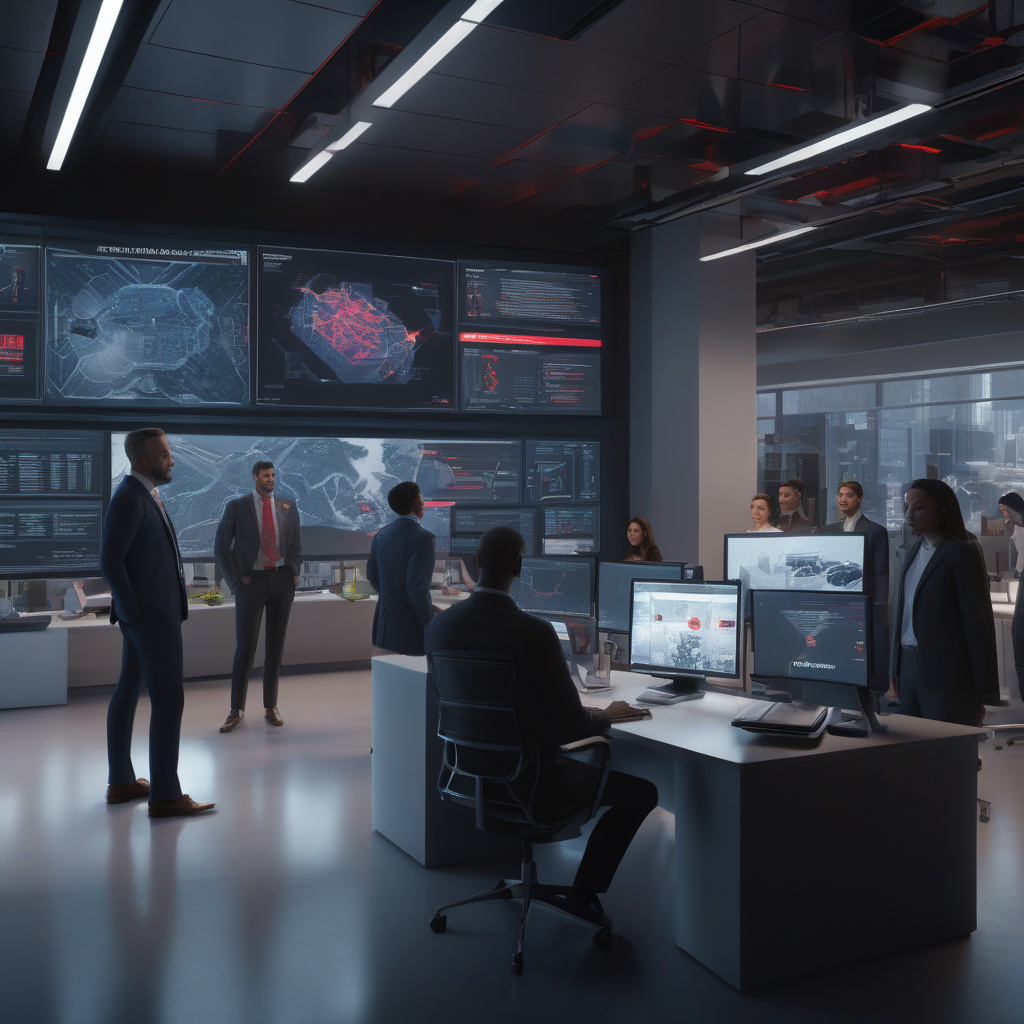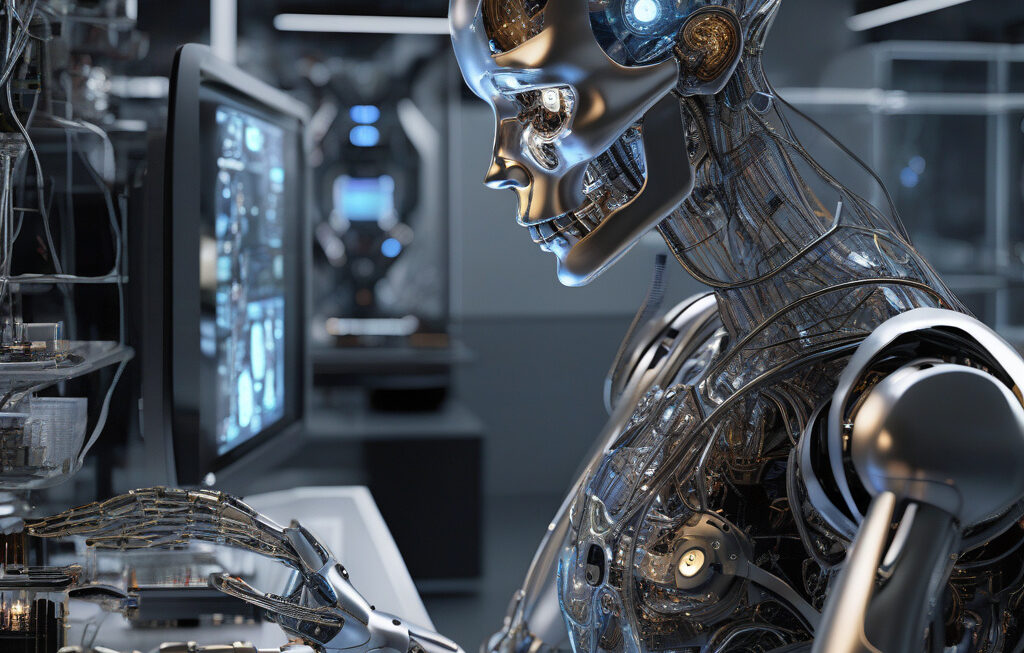CrowdStrike Cuts Jobs Amid AI Shift
In a bold move that has sent ripples through the tech industry, CrowdStrike recently announced the axing of 500 roles as part of its new strategic direction. The cybersecurity firm’s decision to prioritize Artificial Intelligence (AI) underscores the growing trend of companies turning to automation to enhance their operations. However, this shift also brings to light the delicate balance between the promise and pitfalls of relying on AI in high-stakes security environments.
CrowdStrike’s move towards AI is not unique in an era where technological advancements are rapidly reshaping industries. The allure of AI lies in its ability to analyze vast amounts of data at speeds far beyond human capacity, enabling companies to detect and respond to security threats in real-time. By leveraging AI-driven solutions, organizations can bolster their cybersecurity posture, proactively identify vulnerabilities, and fortify their defense mechanisms against increasingly sophisticated cyber threats.
Nevertheless, CrowdStrike’s decision to cut jobs in favor of AI implementation serves as a poignant reminder of the potential drawbacks associated with automation. While AI offers unparalleled efficiency and accuracy in processing data, it is not devoid of limitations. The technology’s effectiveness hinges on the quality of data it receives and the algorithms governing its decision-making processes. In the realm of cybersecurity, where the consequences of a single oversight can be catastrophic, the margin for error is razor-thin.
Moreover, the human element remains indispensable in security operations. Cybersecurity is as much about intuition, experience, and adaptability as it is about technological prowess. Human analysts bring cognitive abilities that AI lacks, such as contextual understanding, emotional intelligence, and the capacity for creative problem-solving. Relying solely on AI to safeguard critical systems could potentially leave organizations vulnerable to novel attack vectors and unforeseen vulnerabilities that elude automated detection.
CrowdStrike’s strategic pivot highlights the imperative for companies to strike a harmonious balance between AI-driven automation and human expertise in cybersecurity. Rather than viewing AI as a panacea for all security challenges, organizations should approach its adoption thoughtfully, integrating it as a force multiplier that complements and enhances human capabilities. By fostering a symbiotic relationship between AI and human analysts, companies can harness the full potential of both to fortify their cyber defenses effectively.
As the cybersecurity landscape continues to evolve, fueled by advancements in AI, machine learning, and automation, companies must navigate the terrain with discernment and foresight. CrowdStrike’s recalibration underscores the dynamic nature of the industry, where adaptability and innovation are paramount for staying ahead of emerging threats. By embracing AI as a strategic enabler rather than a wholesale replacement for human talent, organizations can leverage the best of both worlds to safeguard their digital assets and preserve their competitive edge in an increasingly digitized world.
In conclusion, CrowdStrike’s decision to cut jobs amid its AI shift epitomizes the intricate interplay between technology and human capital in the realm of cybersecurity. While AI holds immense promise in revolutionizing security operations, its implementation must be approached judiciously to mitigate potential risks and maximize its benefits. By embracing a hybrid model that combines AI’s analytical prowess with human intuition and expertise, companies can navigate the complexities of the cybersecurity landscape with confidence and resilience.
cybersecurity, AI, automation, CrowdStrike, digital innovation












